Mozambique dumps 17,000 tons of plastic waste into the sea every year -- Government
Mozambique: Centre saves 73 pangolins – Lusa
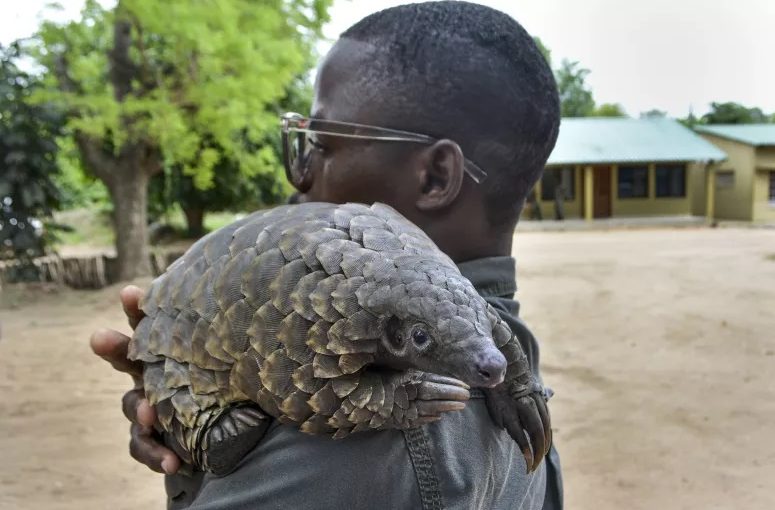
Elias Mubobo, a veterinarian at Gorongosa National Park, holds a 10-month-old pangolin named Janeiro . The animal is part of a total of 73 treated since 2018 at the only pangolin rescue and rehabilitation center in the country , to protect the species that is the target of trafficking and which is at risk of extinction [Photo: Luis Fonseca / Lusa]
Elias Mubobo opens the door to the darkest and coldest room in the conservation centre of Gorongosa National Park, central Mozambique, where the aim is to simulate the darkness of night and a den.
Inside are three large wooden boxes with holes as vents, and you can hear a scrabbling until fingernails peek out.
They are three pangolins”, each in its own box, rescued by the only rescue , rehabilitation and release centre for the species in the country and which operates in Chitengo, at the base of Gorongosa park, where 73 animals of the species have been treated since 2018.
A nocturnal and solitary animal under threat of global extinction, it only lives in Gorongosa and the surrounding provinces. It is a frequent target for traffickers, especially for the Asian market that uses the scales in traditional medicine and sells the meat in markets.
Conservation bodies list it as the most trafficked mammal in the world.
There are eight variants, four living in Africa and another four in Asia, all classified as “vulnerable” or “critically endangered” on the International Union for Conservation of Nature (IUCN) red list of threatened species.
In the ecosystem, the pangolin is useful with its meals based on ants and termites, whose populations it helps control before becoming pests.
On the other hand, the drilling work helps to aerate the soil.
The three pangolins now in the centre’s care leave the conservation services every day and are taken out into the field “to graze”, says Elias.
They stretch out their long tongues and grab their favourite insects under the watchful eye of inspectors who support the conservation services in their mission to care for the species.
Elias opens one of the boxes and picks up a pangolin weighing just over a kilo and a half: its name is January (the month it was taken in), and it is 10 months old.
Until 2020, holding a pangolin was a gesture within reach of visitors to Gorongosa. Still, the possibility that the species can incubate different variants of coronavirus, such as the one that causes covid-19, has changed everything.
As well as giving the animal a bad name, the situation has kept it away from contact with those passing through Chitengo.
A World Health Organization (WHO) survey on the origins of Covid-19 conducted in February 2021 concluded that “none of the viruses identified in bats and pangolins is similar enough with SARS-CoV-2 to serve as its direct progenitor.”
But the precautionary measure prevails for those visiting Gorongosa.
Janeiro [January], the pangolin that Elias is holding on his lap, will stay there until it reaches six kilos – some adults reach 18 kilos – before being released in what is now Mozambique’s largest biodiversity reserve.
The Mozambican authorities confiscated, between 2019 and 2020 alone, a total of 33 pangolins and detained several Mozambicans and foreigners involved in trafficking, according to data from the National Administration of Conservation Areas (ANAC).
Even after these data were released, isolated cases have been revealed.
In September 2020, five suspected pangolin traffickers were arrested in the country’s centre. They were intercepted in possession of a live animal, placed under the spare wheel of the vehicle in which they were travelling.




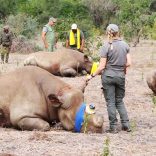
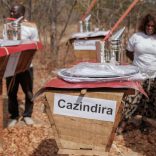
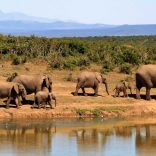
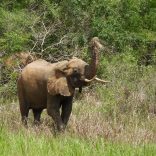




Leave a Reply
Be the First to Comment!
You must be logged in to post a comment.
You must be logged in to post a comment.